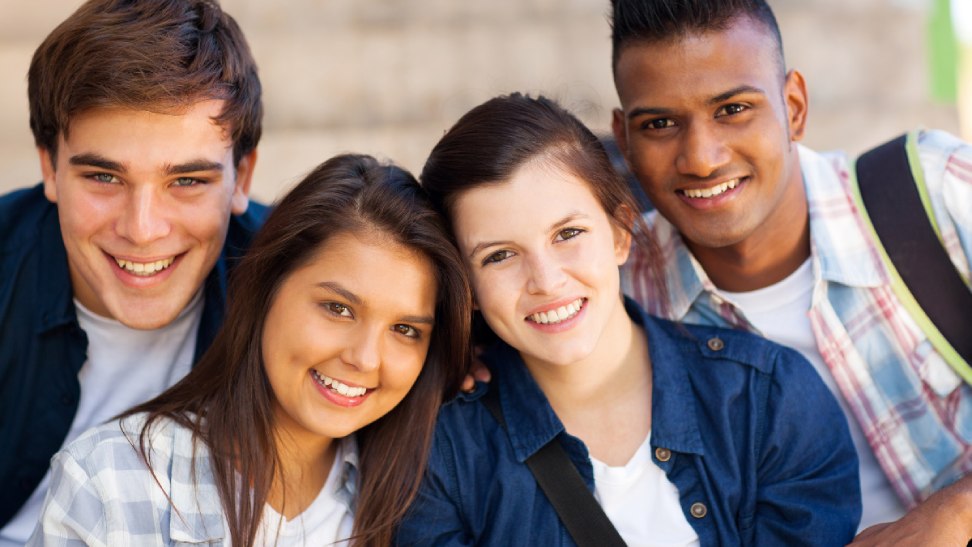Peterexch, Dhoombet, Go999exch: Body image refers to how we perceive our physical appearance, encompassing our thoughts, beliefs, feelings, and attitudes towards our bodies. It is a complex and multifaceted concept that can be influenced by a variety of factors, both internal and external. These factors can include personal experiences, societal norms, cultural ideals, and the media.
Individuals may develop their body image based on their personal perceptions of themselves, which can be influenced by factors such as self-esteem, past experiences, and personal values. Additionally, societal and cultural influences play a significant role in shaping how individuals view their bodies. These external factors can contribute to the development of unrealistic beauty standards and ideals, leading to feelings of inadequacy and dissatisfaction with one’s own appearance.
Cultural Influences on Body Perception
Body perception is significantly shaped by the cultural norms and values prevalent in a society. Different cultures have varying standards of beauty that dictate what is considered attractive or unattractive in terms of body size, shape, and appearance. In some cultures, a larger body size may be perceived as a symbol of wealth and abundance, while in others, a slender physique may be heavily idealized.
Moreover, cultural traditions, beliefs, and practices also play a crucial role in influencing body perception. For example, rituals or ceremonies that emphasize certain physical attributes can contribute to the establishment of specific beauty ideals within a culture. These cultural influences not only impact individuals’ perceptions of their own bodies but also shape how they view and judge the bodies of others around them.
Media’s Impact on Body Image
Fun999exch, Goldbet7, Exch247: The media’s portrayal of idealized body types has played a significant role in shaping society’s perception of beauty standards. Images of predominantly thin and flawless individuals constantly flood television, magazines, social media platforms, and advertising, creating a pervasive notion of what is considered attractive. These portrayals often lead to unrealistic expectations for individuals, causing many to strive for unattainable body ideals and experience dissatisfaction with their own appearance.
Moreover, the media’s emphasis on certain body types can also contribute to the development of body dysmorphia and eating disorders among the population. Continuous exposure to images of impeccably sculpted bodies can fuel feelings of inadequacy and self-consciousness in individuals, fostering a negative body image mentality. This can lead to a myriad of mental health issues and perpetuate a cycle of unhealthy behaviors related to body image and self-esteem.
� The media’s portrayal of idealized body types has shaped society’s perception of beauty standards
� Images of thin and flawless individuals flood television, magazines, social media platforms, and advertising
� Unrealistic expectations are created for individuals striving for unattainable body ideals
� Dissatisfaction with one’s appearance is a common result of these portrayals
� Emphasis on certain body types in the media can contribute to the development of body dysmorphia and eating disorders
� Continuous exposure to images of impeccably sculpted bodies fuels feelings of inadequacy and self-consciousness
� Negative body image mentality can lead to mental health issues
� Unhealthy behaviors related to body image and self-esteem may be perpetuated
What is body image?
Body image refers to how a person perceives their own body, including their physical appearance and how they feel about it.
How does culture influence body perception?
Culture plays a significant role in shaping our ideas of beauty and body standards. Different cultures have varying ideals of what is considered attractive or desirable.
How does the media impact body image?
The media, including advertising, television, and social media, often promote unrealistic beauty standards that can negatively affect how individuals view their own bodies.
Can media portrayals be harmful to body image?
Yes, media portrayals of thin, flawless models and celebrities can contribute to feelings of inadequacy and low self-esteem in individuals who do not fit these narrow beauty ideals.
Are there ways to combat negative media influences on body image?
Yes, it is important to practice media literacy and critical thinking when consuming media. Surrounding oneself with positive body image messages and diverse representations of beauty can also help counteract negative influences.

